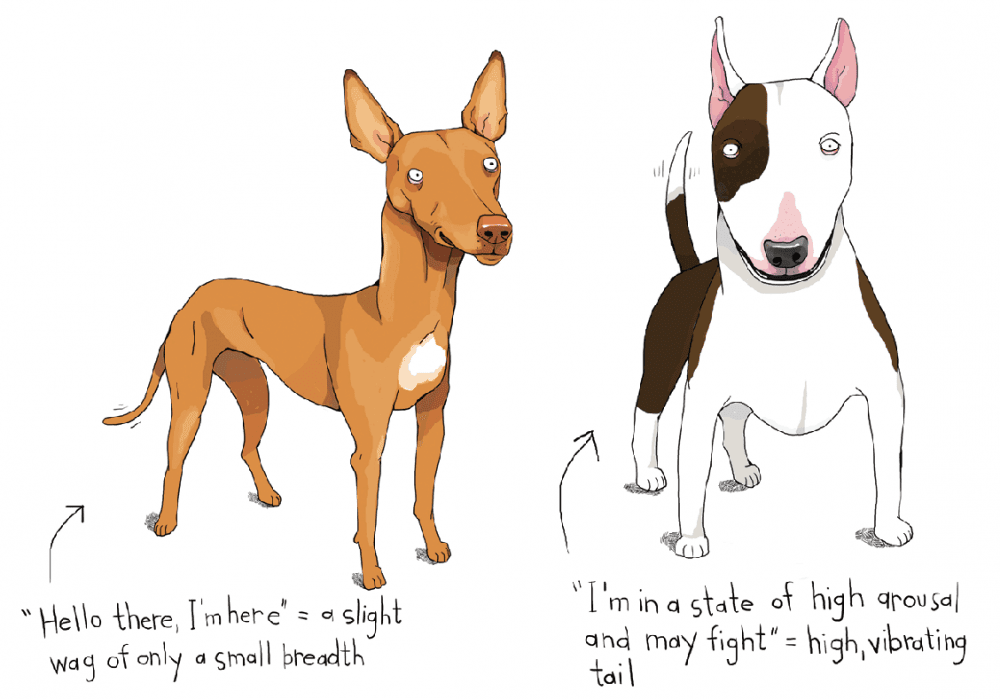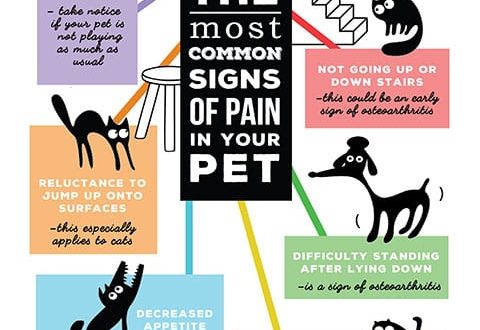
Zava-dehibe amin'ny fiainan'ny alika ve ny rambo?
The tail is an important part of the dog’s body. Why does a dog have a tail? It is a continuation of the spine and plays a huge role both in communication (communication with relatives and representatives of other species) and in maintaining balance.
Sary: maxpixel.net
Hevitra ato Anatiny
What does a dog talk about with its tail?
If you look closely at your dog, you will surely notice that the position and movements of his tail always mean something. It is a mood barometer and allows you to predict your pet’s intentions. However, it is important to learn how to read the signals of the dog’s body, including those given by the tail, correctly.
For example, everyone knows that a tucked up tail is a sign of fear. And many are sure that a dog waving its tail is friendly. But is it?
Tail wagging is not always a signal of friendliness, and it must be “read” depending on the context: taking into account what is happening, and what other signals of the dog’s body indicate. We can say that tail wagging rather means excitement, and it can be both joyful and not very.
For example, if a dog is preparing to fight, it will also wag its tail. But at the same time, the tail is raised, tense and, as it were, trembles.
If a dog wags its tail, but keeps it between its legs, under its belly, it means that it is frightened. And it’s definitely not worth pestering her with manifestations of friendship. True, you also need to take into account the breed – for example, Italian greyhounds almost always keep their tail tucked in.
If the dog’s tail is relaxed, and the animal waves it from side to side (and often wriggles itself), then the dog is friendly, happy with life and glad to see you.
Photo: goodfreephotos.com
How does the tail help a dog move?
Kristin Kaldahl, an agility trainer, writes that a dog’s tail is like a rudder, helping to maintain balance, for example, when passing an agility course.
When slowing down, the dog raises its tail, and when accelerating or climbing a hill, it lowers it. If you need to maintain balance, the tail moves from side to side.
When the dog jumps, he lowers his tail – this helps him when taking off. And when landing, the tail rises – this increases traction.
Can a dog’s tail be docked?
Tail docking (removal of part of the tail) has always been a complex topic that generates a lot of controversy. Now it is banned in many countries, breed standards are being rewritten, and at international exhibitions held, for example, in Western Europe, dogs with docked tails will soon no longer be judged. Therefore, it is increasingly possible to meet Dobermans, Rottweilers, Boxers and representatives of other breeds, whose tails recently resembled a “bub” with long “rudders”.
In the photo: Doberman with an uncropped tail. Photo: wikimedia.org
Studies (Wada et. al., 1993) suggest that an intact tail is important for motor coordination, however, dogs with docked tails often perform well as working and athletic dogs. So until now, some breeders still prefer to dock their puppies’ tails.
Another argument of docking supporters: representatives of some breeds are so unaccustomed to the presence of a tail and at the same time so unbalanced that they thrash their tails around and knock them down to ulcers. But in this case, perhaps it is worth working on allowing dogs with more balanced temperaments that do not try to hurt themselves to be bred?
In our country, until now, the question of “whether to stop the puppies’ tail” remains at the discretion of the breeder. And the owners have the right to decide for themselves where to buy a puppy – in kennels where the tails are still docked for babies, or where the tails of the dogs are left intact.





